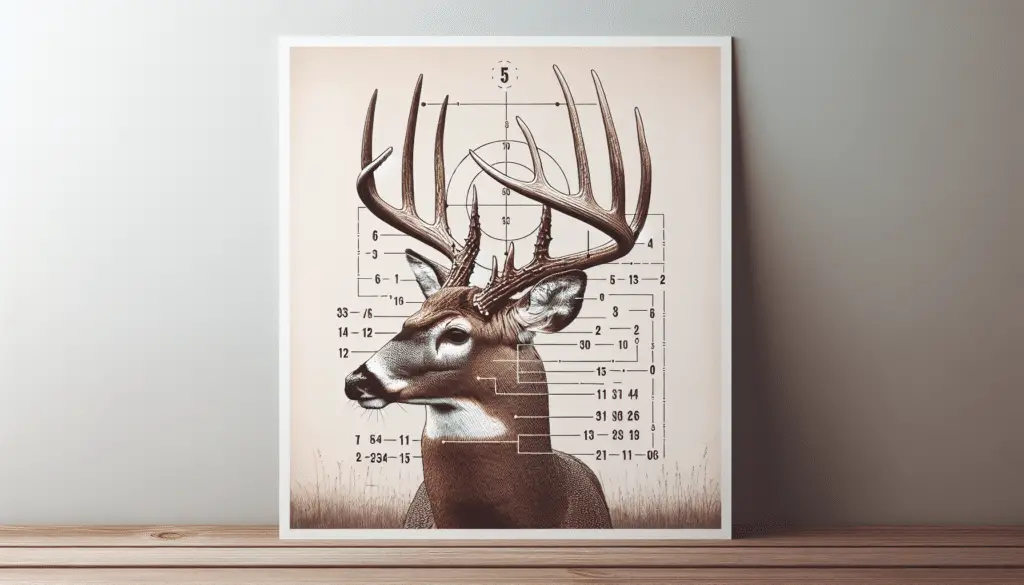Understanding Antler Points and Their Significance
Antler points play a pivotal role in the sport of deer hunting.
Not only do they contribute to the trophy quality of a buck, but they also offer insights into the animal’s age, genetics, and living conditions.
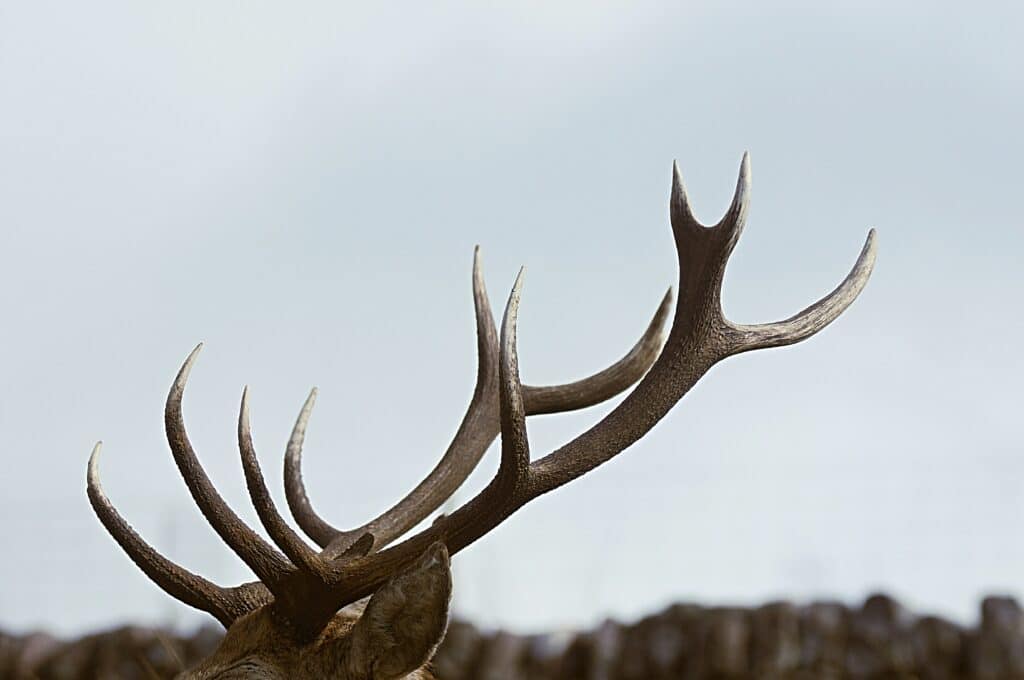
Traditionally, hunters count the points on a buck’s antlers to gauge its maturity and to compare with other specimens.
Identifying a Buck’s Points
A point is an individual tine on a deer’s antler that measures at least one inch in length.
Points are counted using specific criteria set by hunting organizations, with common methods including the Boone and Crockett, Pope and Young, or state-specific scoring systems.
By closely examining each antler’s tines, hunters can determine the number of points.
Antler Anatomy and Scoring Basics
Bucks typically have several distinctive types of tines on their antlers, such as the brow tine, the beam, and the G1 through G4 points.
In scoring antlers, each tine is classified and measured for length, with deductions made for differences between the two antlers.
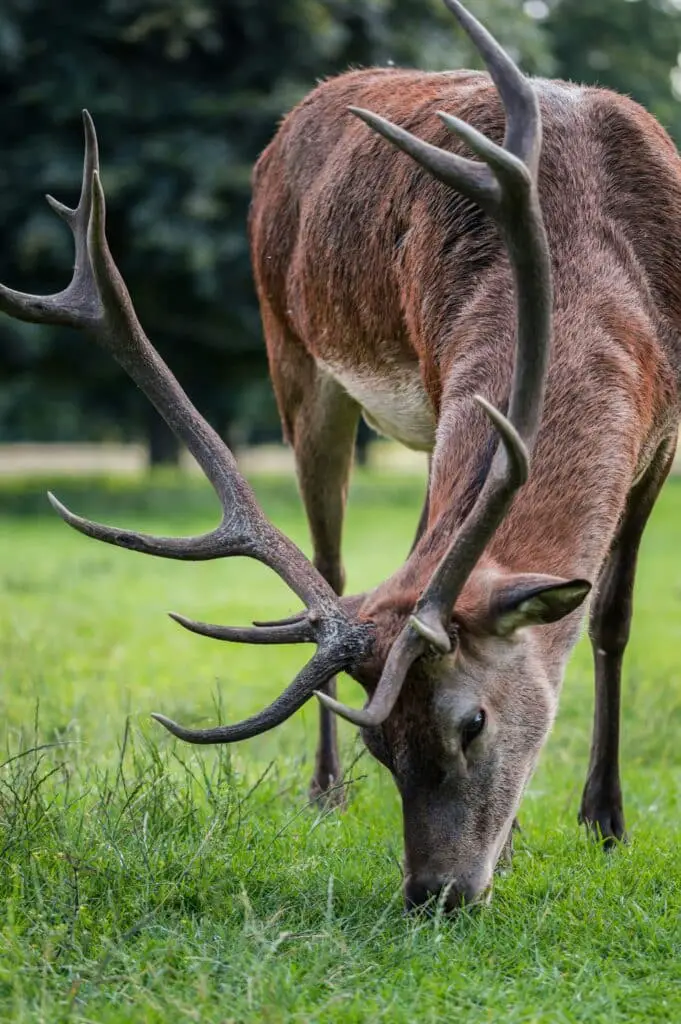
This meticulous scoring process serves as a universally accepted method to record and compare antlers.
Tools for Counting Points
To ensure accurate measurements, hunters often use tools like a scoring tape or antler scoring kits.
One well-reviewed scoring kit is the “Antler Score Master,” which simplifies the measuring process and is praised for its accuracy.
This kit allows hunters to measure points, main beam length, mass, and spread, providing a complete set of antler metrics.
Find This and More on Amazon
Reading Antler Points from a Distance
Hunters can begin counting points from afar using binoculars or spotting scopes, both of which are essential when surveying deer from a distance.
Quality optics like the “Vortex Optics Diamondback” series can improve point identification without approaching the animal.
Many users recommend these binoculars for their reliability, crisp image quality, and durability in the field.

Interpreting the Score
A higher point count often indicates an older, more mature deer with potentially superior genetics given proper nutrition.
Nonetheless, a high score does not solely reflect a deer’s characteristics and should not be the only measure of a successful hunt.
Many experienced hunters value the overall hunting experience over the antler score, looking at it as a bonus to their adventure.
Field Judging Antler Points
Estimating the number of points in the field is an acquired skill that enhances hunting and wildlife observation experiences.
One technique is to start at the brow tines and work backward, counting each visible point and noting any abnormalities.
Through practice, hunters can quickly gauge a buck’s points and make informed decisions in the field.
Common Questions Around Counting Points
Many discussions among hunters revolve around point counting, like how beam length and mass can affect the perceived number of points.
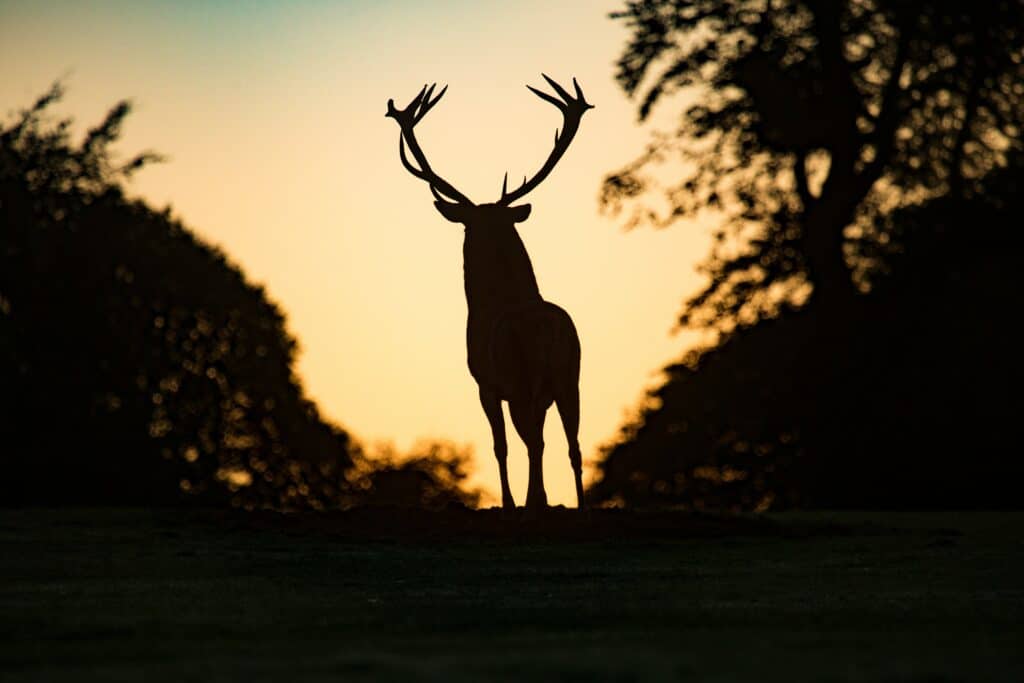
Others might wonder how ethical considerations come into play when trophy hunting for high-point bucks.
Experienced hunters often share their insights on these topics, reinforcing the importance of responsible hunting practices.
State Regulations and Antler Restrictions
Various states implement antler restrictions in their hunting regulations to manage deer populations and improve herd health.
It’s essential for hunters to be informed about these rules, as they often require a minimum number of points for a legal harvest.
Such regulations aim to protect younger bucks and ensure a balanced age structure within the deer herd.
Using Technology to Count Points
In the digital age, hunters have access to mobile applications that can assist in tracking and scoring deer antlers in the field.

Apps like “HuntStand” offer mapping, weather, and scoring solutions, with reviews highlighting their convenience and user-friendly interfaces.
Adopting such technologies can enhance a hunter’s efficiency and effectiveness during the hunting season.
Antler Point Miscellany
Anatomy of deer antlers extends to the types of points, the differences between typical and non-typical racks, and the role points play in deer behavior.
By understanding these details, hunters and wildlife enthusiasts gain a more comprehensive view of a buck’s characteristics.
Scoring Competitions and Records
Organizations like Boone and Crockett, and Pope and Young hold scoring competitions for hunters to submit their trophy deer for official record keeping.

Records are not only a testament to hunting skills but also contribute to the scientific understanding of deer health and antler development.
Tips for Accurate Point Counting
Accuracy is critical, and it starts with knowing the right method, having the correct tools, and valuing the ethics and respect for the wildlife.
By adhering to these principles, hunters can count points accurately and fairly, maintaining the integrity of the sport.
Exploring the Impact of Habitat on Antler Growth
Nutrition and habitat quality directly influence antler development and point count.
Areas with abundant food sources tend to produce bucks with more impressive antler racks.
Understanding the relationship between a deer’s environment and its antlers can help hunters identify prime locations for finding larger bucks.
Recognizing Age Through Antler Points
While not foolproof, the number of points can sometimes help indicate a buck’s age.
Generally, younger bucks have fewer points, and the number increases as they mature.
However, other factors like genetics and nutrition also play significant roles in antler growth.
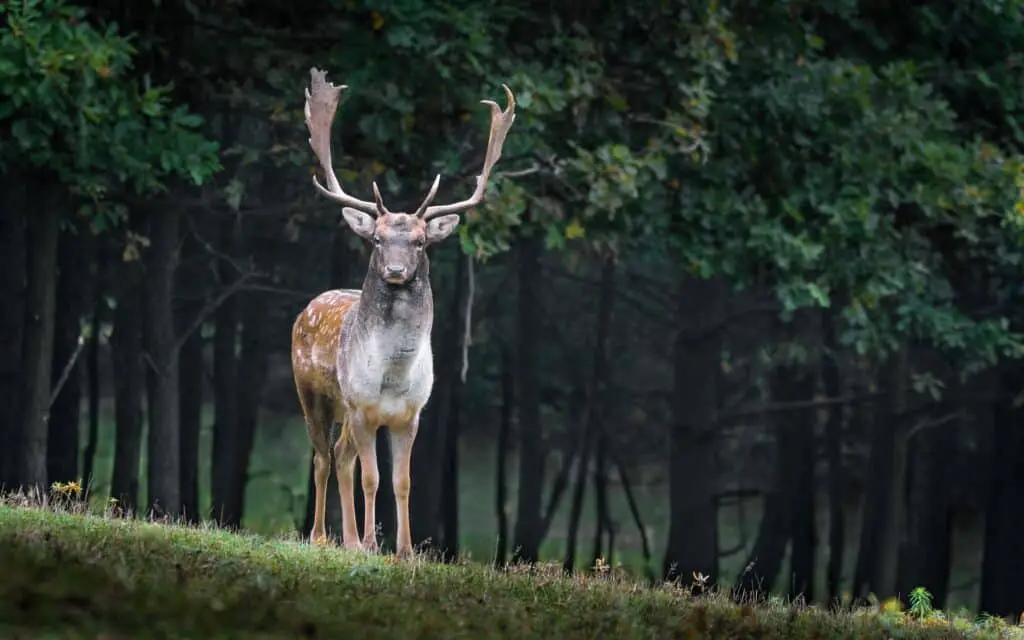
Genetics and Its Role in Antler Points
Genetics is a critical factor determining the potential for antler size and point count.
A buck with a genetic predisposition for more points might pass these traits to its offspring.
Hunters interested in trophy bucks often consider genetics when selecting areas to hunt.
In-Depth Look at the Boone and Crockett Scoring System
The Boone and Crockett scoring system is a widely respected method to evaluate antler points.
Understanding how to use this system can help hunters accurately assess their harvest.
The Boone and Crockett Club provides detailed instructions and scoring sheets for enthusiasts and hunters to use.
The Role of Wildlife Conservation in Antler Point Scoring
Conservation efforts help maintain balanced deer populations, which is beneficial for antler growth.
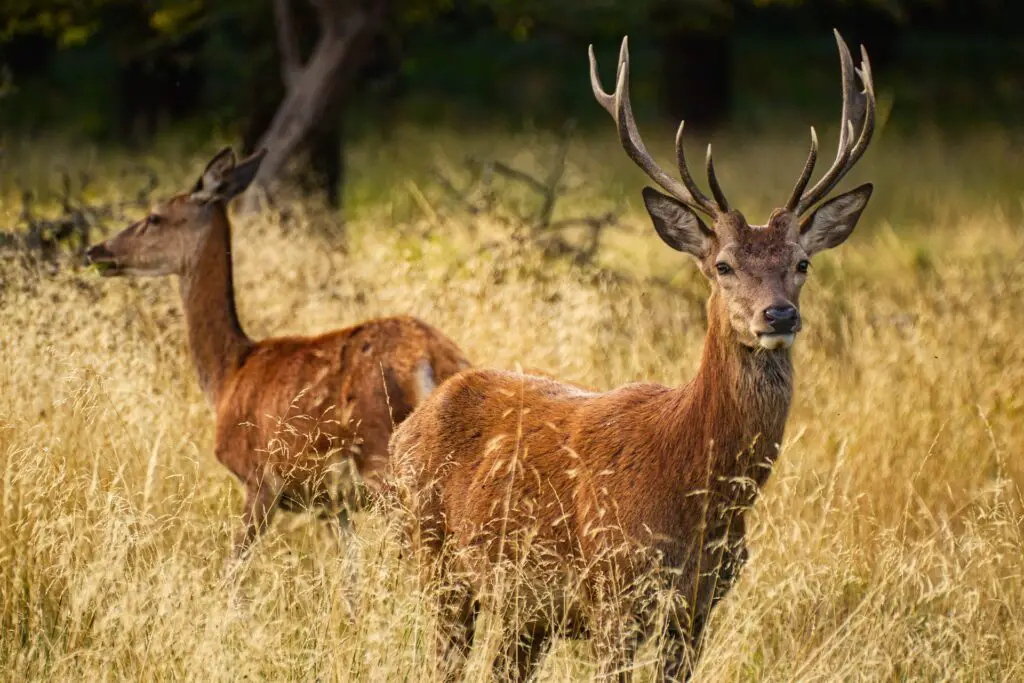
Healthy populations result in more opportunities for bucks to reach maturity and fully develop their antlers.
Hunters and conservationists alike recognize the value of preserving habitat to support wildlife.
Methods of Aging a Buck Beyond Antler Points
Aside from counting points, other aging techniques include observing body characteristics and tooth wear.
Implementing these methods alongside point counting can provide a more accurate estimation of a buck’s age.
Experienced hunters use a combination of techniques to age deer in the field.
Regional Variations in Antler Scoring
Hunting organizations across different regions may have unique scoring systems.
These variations reflect the diverse habitats and deer populations in each area.
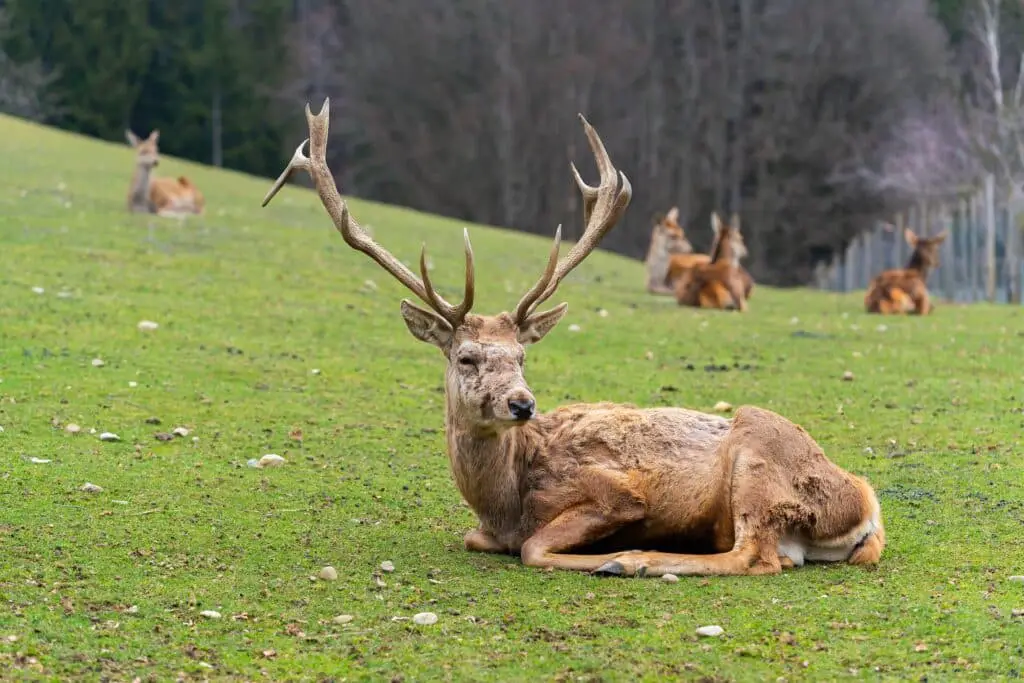
Understanding regional scoring differences can benefit hunters who travel for hunts.
Building Skills in Antler Scoring Through Education and Practice
Proper education and consistent practice are essential for mastering antler scoring.
Workshops and seminars offer valuable opportunities for hunters to refine their scoring abilities.
Practice with known scores can calibrate a hunter’s eye for more accurate field estimates.
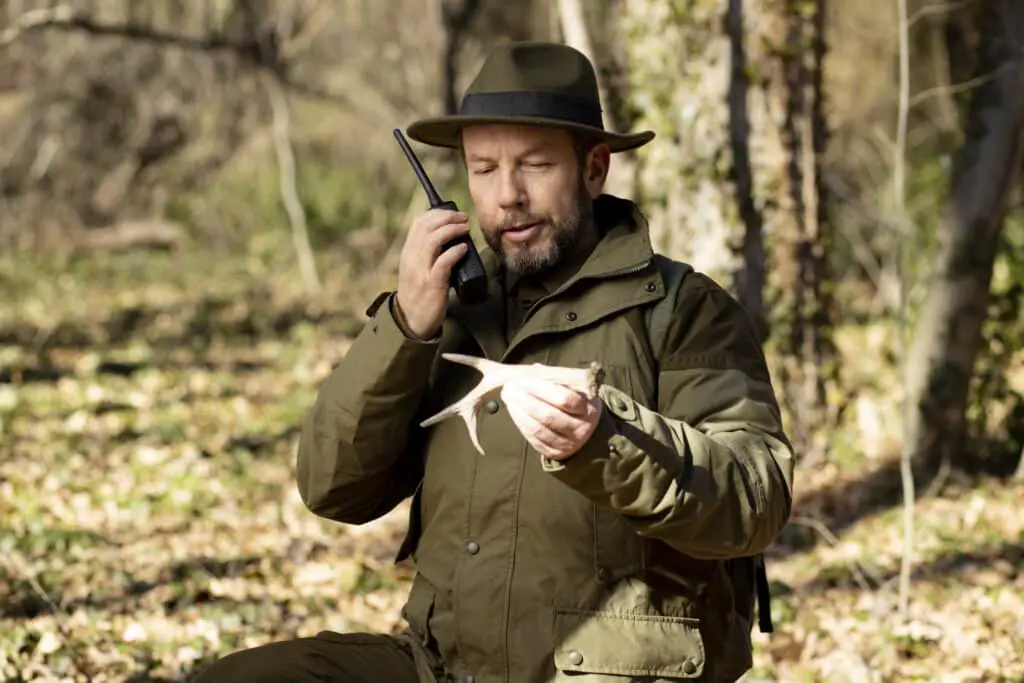
Antler Point Restrictions and Herd Management
Point restrictions serve not only to regulate hunting but also to strategically manage herds.
By setting minimum point counts for harvesting, wildlife agencies aim to improve antler genetics in the population.
Such measures ensure that younger bucks have time to mature and contribute to the gene pool before being taken.
Ethical Considerations in Point Counting and Trophy Hunting
While point counting is a popular aspect of deer hunting, ethics should guide the practice.
Hunters should balance their desire for a trophy with responsible wildlife management.
Trophy hunting can benefit conservation but should always be conducted with respect for the animal and the ecosystem.
Designing Effective Food Plots for Antler Growth
Food plots engineered for deer nutrition can enhance antler development.

Selecting the right mix of crops provides bucks with the nutrients they need for growing larger racks.
For those looking to support antler growth on their property, this approach could be beneficial.
Role of Predation in Antler Point Development
Predators can influence the structure of deer populations, and consequently, antler development.
Managing predator populations is part of a comprehensive approach to improve deer herd health and antler sizes.
This balance is crucial for maintaining an environment where bucks can reach their full antler potential.
The Debate Over Selective Harvesting Based on Points
Some hunters advocate for selective harvesting, targeting only bucks with high point totals.
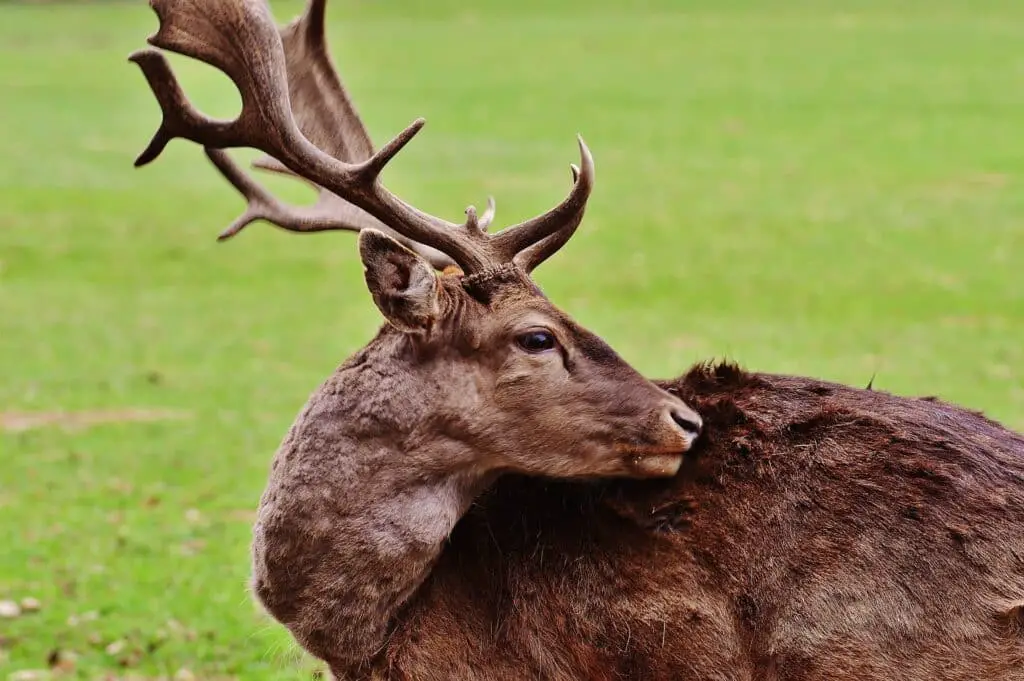
This practice has sparked debate regarding its long-term effects on deer herds and the genetic pool.
Research and hunter observations contribute to the ongoing discussion about the merits and impacts of this approach.
Aligning Antler Point Counting with Long-Term Conservation Goals
Hunters and wildlife managers must work together to ensure that point counting aligns with conservation needs.
Understanding the interplay between hunting, antler scoring, and sustainable wildlife populations is critical.
Collaborative efforts can produce favorable conditions for both quality deer herds and hunting experiences.
The Influence of Weather and Climate on Antler Point Development
Seasonal weather patterns and broader climate trends can affect food availability and stress levels in deer, impacting antler growth.
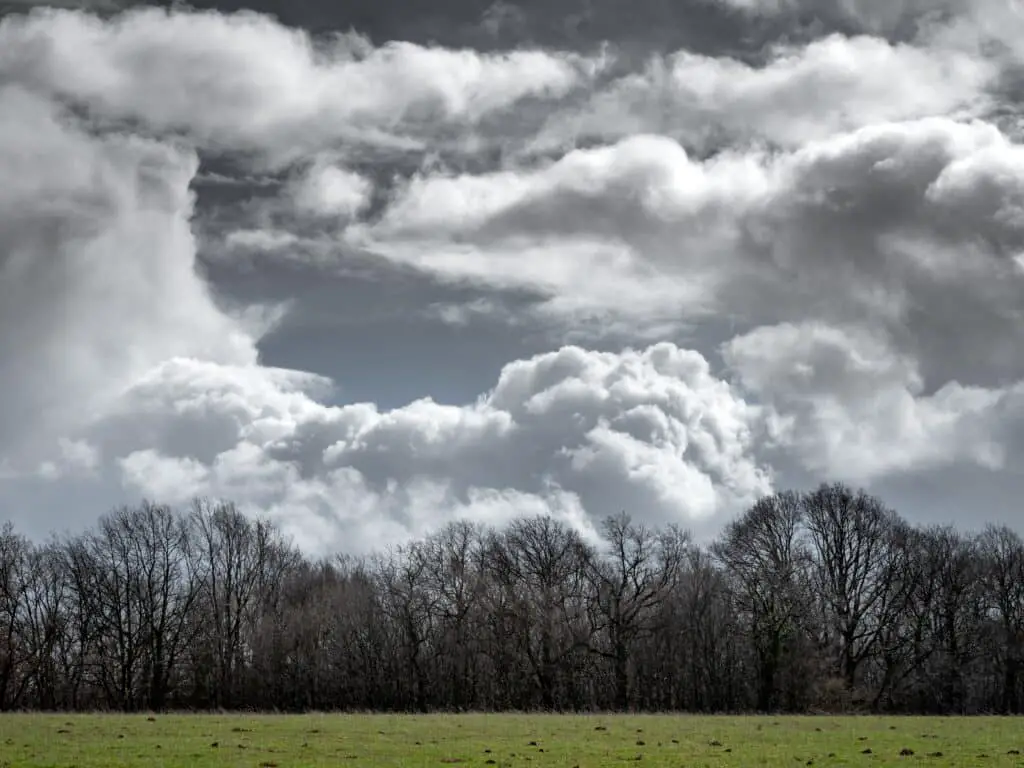
Staying informed about these environmental factors can help hunters and managers predict antler point potential in different regions.
Frequently Asked Questions About Antler Points
Encountering various questions about antler points is common for those involved in deer hunting and observation.
Can you determine the exact age of a buck by its points?
While points can provide a general idea of age, they are not a definitive measure since other factors like genetics and nutrition also play a role.
Do antler restrictions really lead to larger bucks?
Antler restrictions can result in larger bucks over time by allowing younger deer the opportunity to mature.
How can you tell if a buck’s antlers are still growing?
During the growth phase, antlers are covered in velvet, a soft tissue that supplies nutrients; once the velvet is shed, growth is complete for the season.
Is there a difference between typical and non-typical antler points?
Typical points grow in symmetrical patterns, while non-typical points may include abnormal growths or variations.
Does every point on an antler count toward the score?
According to most scoring systems, a tine must be at least one inch long to qualify as a point that counts toward the total score.
Contributing Factors to Antler Point Abnormalities
Injuries or damage to a buck’s antlers during the velvet stage can lead to abnormalities.
Such irregularities might include additional points, abnormal growth patterns, or even mismatched antler sides.
Understanding the Role of Diet in Antler Growth
A well-balanced diet is crucial for optimal antler growth and the development of points.
Minerals like calcium and phosphorus and vitamins A, D, and E are particularly vital for robust antler development.
The Impact of Heredity on Point Formation
Like many traits in wildlife, the potential for the number and formation of antler points is hereditary.
Bucks with desirable antler characteristics are often sought after for their genetic contributions to the herd.
What Constitutes a Record Book Buck?
To be eligible for record book consideration, bucks must meet specific criteria set forth by organizations like Boone and Crockett or Pope and Young.
Criteria include minimum scores that take into account not just points but also symmetry and other factors.
Antler Scoring as a Reflection of Environmental Quality
Antler scoring can indirectly indicate the quality of the buck’s environment, as better nutrition and habitat conditions often produce more impressive racks.
This information can be vital for environmental assessments and wildlife management plans.
How to Properly Document and Record Your Trophy Buck
Proper documentation and recording of antler scores are important for personal records, trophy contests, and scientific research.
Clear photos and accurate logs of antler measurements contribute to credible and comparable trophy records.
Advancing Your Skills: Workshops and Certification Programs
Antler scoring workshops and certification programs provide hunters with opportunities to improve their skills and recognize nuances in point counting.
These programs often involve hands-on training with real antlers and instruction from experienced scorers.
Why Some Hunters Choose Not to Focus on Points
While point scoring is popular, some hunters prefer to focus on the overall health of the deer or the quality of the hunting experience rather than antler size alone.
This approach emphasizes the holistic aspect of hunting and wildlife management.
FAQs on Advanced Aspects of Antler Points
As the interest in antler points extends, so does the complexity of questions asked by the hunting community
Do environmental changes such as harsh winters affect antler points development?
Yes, extreme weather can impact food availability and therefore the nutritional intake of bucks, affecting their antler growth.
How does selective culling based on points influence the deer population?
Selective culling based on antler points can shape the genetics of the population, but it requires careful management to avoid negative long-term effects.
Can a buck with broken points still score well?
If a buck has broken points, it can still score well depending on the sum of the remaining measurements, although deductions may apply.
How do poaching and illegal hunting practices affect antler point conservation?
Illegal hunting disrupts population management plans, genetic diversity, and can lead to skewed antler development in herds.
Are there any special considerations for scoring points on non-typical bucks?
Non-typical bucks can score highly, but scoring them employs additional rules to account for their unique antler formations.

